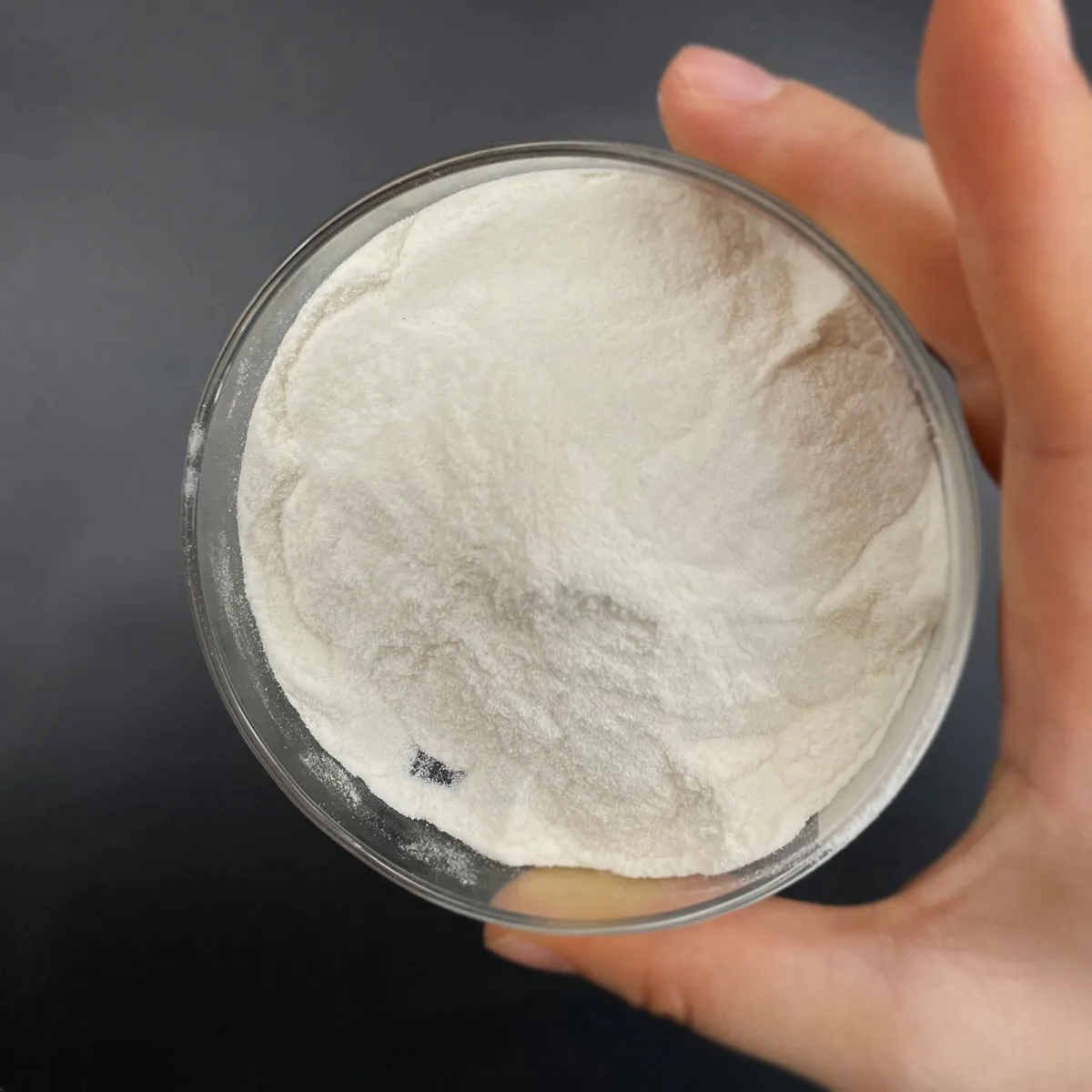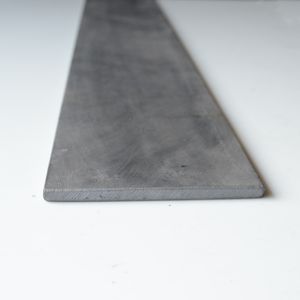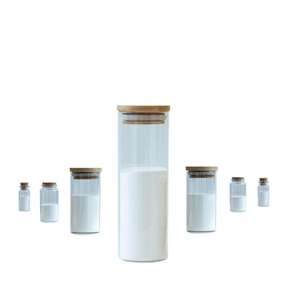Intro to Hollow Glass Microspheres
Hollow glass microspheres (HGMs) are hollow, round particles typically produced from silica-based or borosilicate glass products, with diameters generally varying from 10 to 300 micrometers. These microstructures exhibit a distinct combination of reduced thickness, high mechanical stamina, thermal insulation, and chemical resistance, making them very flexible throughout numerous commercial and clinical domain names. Their production involves specific engineering strategies that allow control over morphology, covering density, and internal void quantity, allowing customized applications in aerospace, biomedical engineering, energy systems, and much more. This post supplies an extensive review of the principal techniques used for manufacturing hollow glass microspheres and highlights 5 groundbreaking applications that underscore their transformative possibility in modern technological developments.
(Hollow glass microspheres)
Production Techniques of Hollow Glass Microspheres
The fabrication of hollow glass microspheres can be generally categorized into 3 key techniques: sol-gel synthesis, spray drying, and emulsion-templating. Each method offers distinct advantages in terms of scalability, bit harmony, and compositional versatility, allowing for personalization based upon end-use needs.
The sol-gel procedure is one of the most extensively used techniques for generating hollow microspheres with specifically managed style. In this approach, a sacrificial core– frequently composed of polymer beads or gas bubbles– is covered with a silica precursor gel with hydrolysis and condensation reactions. Succeeding heat treatment removes the core material while compressing the glass covering, causing a robust hollow structure. This method enables fine-tuning of porosity, wall surface thickness, and surface chemistry however frequently calls for complicated reaction kinetics and expanded processing times.
An industrially scalable option is the spray drying out method, which involves atomizing a liquid feedstock containing glass-forming forerunners into great droplets, followed by rapid dissipation and thermal decomposition within a heated chamber. By including blowing representatives or lathering compounds right into the feedstock, interior gaps can be generated, resulting in the development of hollow microspheres. Although this approach permits high-volume production, achieving consistent shell densities and lessening defects stay continuous technological challenges.
A 3rd appealing strategy is emulsion templating, wherein monodisperse water-in-oil solutions work as themes for the development of hollow structures. Silica precursors are focused at the user interface of the emulsion droplets, creating a slim shell around the liquid core. Adhering to calcination or solvent removal, distinct hollow microspheres are acquired. This technique masters generating particles with narrow dimension distributions and tunable capabilities yet demands careful optimization of surfactant systems and interfacial problems.
Each of these production techniques adds distinctly to the style and application of hollow glass microspheres, using engineers and scientists the devices needed to customize residential or commercial properties for sophisticated functional products.
Magical Usage 1: Lightweight Structural Composites in Aerospace Engineering
Among one of the most impactful applications of hollow glass microspheres lies in their usage as reinforcing fillers in lightweight composite materials developed for aerospace applications. When integrated right into polymer matrices such as epoxy materials or polyurethanes, HGMs dramatically lower general weight while keeping structural honesty under severe mechanical loads. This particular is especially useful in aircraft panels, rocket fairings, and satellite components, where mass efficiency directly affects gas consumption and payload capability.
Additionally, the round geometry of HGMs boosts tension circulation throughout the matrix, consequently improving fatigue resistance and influence absorption. Advanced syntactic foams having hollow glass microspheres have actually shown remarkable mechanical efficiency in both static and vibrant packing problems, making them ideal prospects for use in spacecraft thermal barrier and submarine buoyancy modules. Continuous study remains to check out hybrid composites integrating carbon nanotubes or graphene layers with HGMs to additionally enhance mechanical and thermal buildings.
Enchanting Use 2: Thermal Insulation in Cryogenic Storage Space Solution
Hollow glass microspheres have naturally low thermal conductivity because of the existence of an enclosed air dental caries and marginal convective warmth transfer. This makes them extremely effective as shielding representatives in cryogenic settings such as liquid hydrogen storage tanks, liquefied gas (LNG) containers, and superconducting magnets utilized in magnetic vibration imaging (MRI) devices.
When embedded into vacuum-insulated panels or applied as aerogel-based finishes, HGMs serve as reliable thermal barriers by lowering radiative, conductive, and convective warmth transfer systems. Surface area modifications, such as silane therapies or nanoporous layers, even more boost hydrophobicity and avoid wetness access, which is essential for preserving insulation performance at ultra-low temperatures. The integration of HGMs right into next-generation cryogenic insulation materials stands for a key advancement in energy-efficient storage space and transportation services for clean fuels and space expedition innovations.
Wonderful Usage 3: Targeted Drug Delivery and Medical Imaging Comparison Agents
In the area of biomedicine, hollow glass microspheres have emerged as appealing systems for targeted medicine delivery and analysis imaging. Functionalized HGMs can encapsulate restorative agents within their hollow cores and launch them in reaction to exterior stimuli such as ultrasound, magnetic fields, or pH modifications. This ability allows localized therapy of diseases like cancer, where accuracy and decreased systemic poisoning are crucial.
In addition, HGMs can be doped with contrast-enhancing elements such as gadolinium, iodine, or fluorescent dyes to work as multimodal imaging representatives compatible with MRI, CT checks, and optical imaging techniques. Their biocompatibility and capacity to bring both healing and diagnostic features make them appealing candidates for theranostic applications– where medical diagnosis and treatment are integrated within a single system. Research initiatives are also checking out naturally degradable versions of HGMs to increase their energy in regenerative medicine and implantable tools.
Enchanting Usage 4: Radiation Protecting in Spacecraft and Nuclear Facilities
Radiation protecting is a crucial concern in deep-space missions and nuclear power facilities, where direct exposure to gamma rays and neutron radiation poses substantial threats. Hollow glass microspheres doped with high atomic number (Z) elements such as lead, tungsten, or barium offer a novel remedy by supplying effective radiation attenuation without adding too much mass.
By installing these microspheres right into polymer composites or ceramic matrices, researchers have created flexible, lightweight securing products ideal for astronaut matches, lunar environments, and reactor containment structures. Unlike standard shielding products like lead or concrete, HGM-based composites keep architectural stability while providing enhanced mobility and convenience of construction. Proceeded improvements in doping methods and composite layout are anticipated to further maximize the radiation security abilities of these materials for future area exploration and earthbound nuclear safety and security applications.
( Hollow glass microspheres)
Enchanting Usage 5: Smart Coatings and Self-Healing Materials
Hollow glass microspheres have actually reinvented the development of wise finishes with the ability of independent self-repair. These microspheres can be packed with healing representatives such as corrosion preventions, resins, or antimicrobial substances. Upon mechanical damage, the microspheres tear, launching the enveloped materials to secure cracks and bring back covering integrity.
This technology has actually found functional applications in aquatic finishes, automotive paints, and aerospace components, where lasting longevity under severe environmental conditions is important. Additionally, phase-change materials enveloped within HGMs enable temperature-regulating finishings that offer easy thermal administration in structures, electronic devices, and wearable devices. As research advances, the integration of receptive polymers and multi-functional ingredients into HGM-based coverings promises to unlock new generations of adaptive and smart material systems.
Verdict
Hollow glass microspheres exhibit the merging of advanced products science and multifunctional engineering. Their diverse manufacturing approaches enable precise control over physical and chemical residential properties, promoting their use in high-performance structural compounds, thermal insulation, medical diagnostics, radiation security, and self-healing products. As innovations remain to arise, the “wonderful” convenience of hollow glass microspheres will undoubtedly drive developments across sectors, shaping the future of sustainable and intelligent product layout.
Vendor
RBOSCHCO is a trusted global chemical material supplier & manufacturer with over 12 years experience in providing super high-quality chemicals and Nanomaterials. The company export to many countries, such as USA, Canada, Europe, UAE, South Africa,Tanzania,Kenya,Egypt,Nigeria,Cameroon,Uganda,Turkey,Mexico,Azerbaijan,Belgium,Cyprus,Czech Republic, Brazil, Chile, Argentina, Dubai, Japan, Korea, Vietnam, Thailand, Malaysia, Indonesia, Australia,Germany, France, Italy, Portugal etc. As a leading nanotechnology development manufacturer, RBOSCHCO dominates the market. Our professional work team provides perfect solutions to help improve the efficiency of various industries, create value, and easily cope with various challenges. If you are looking for solid glass microspheres, please send an email to: sales1@rboschco.com
Tags: Hollow glass microspheres, Hollow glass microspheres
All articles and pictures are from the Internet. If there are any copyright issues, please contact us in time to delete.
Inquiry us







